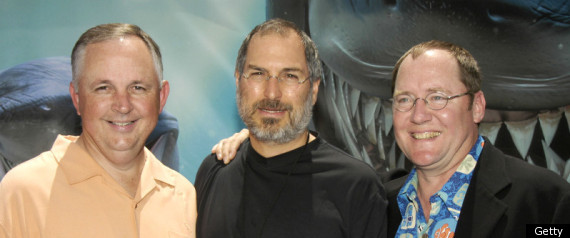It’s a weird year at the movies when the one every critic goes crazy for is “Mad Max: Fury Road,” a 30 years late sequel/reboot of an apocalyptic action movie.
But that’s the state of cinema and popular culture in 2015. We’re so accepting of the fact that TV surpasses film in the storytelling department that we’re so desperate to embrace a movie that shows its vision and style in full, spectacular display. We’re so frustrated at the lack of strong roles for women in Hollywood that we champion one that boldly declares “We Are Not Things.” And we’re so angry and eager for something more out of the movies that it takes a movie called “Fury Road” to shake us awake.
I missed out on a lot of movies that could’ve made this year’s list, but then lists should never be about completion. With the way the awards cycle has jammed every interesting movie into a two month or even two week period before the end of the year, Hollywood has made it near impossible to catch everything. All I know is that these are the films that I most wanted to talk about and get others to see.
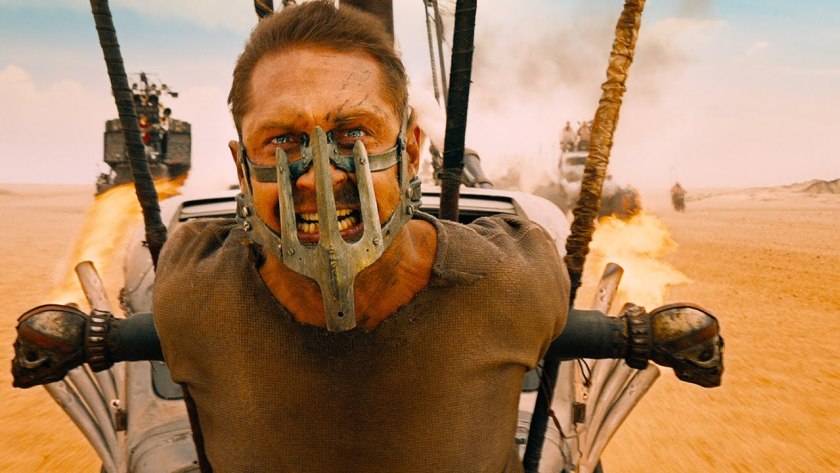
George Miller’s “Mad Max: Fury Road” is insane, a disturbed fever dream of a movie, addled and excitable to the point of delirium. Everything is accelerated. Everything is racing. “Fury Road’s” characters feed off the fire and blood of Max’s world, becoming amped at just the idea of moving forward. Through his hyper editing and frenetic tracking camera, Miller has captured adrenaline in a bottle. But for as cathartic and exciting as all of “Fury Road’s” CGI-free stunts are, watching this world of pure orange and blue is nightmarish and hypnotic. It feels so captivating because “Fury Road” is a movie pointing toward the future. What a lovely day.
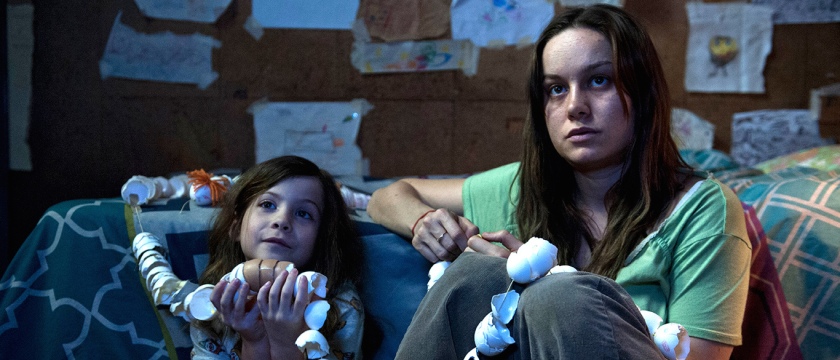
“Room” is such an emotionally affecting story because it concerns the walls and spaces we build inside our mind and how we find solace within them. Happiness is not a location, but the state of mind we build for ourselves. Lenny Abrahamson’s film is very aware of these walls, of these confines, and he finds poetry and untold possibilities and confusion in glimpses of the sky and the struggle with walking down a flight of stairs. Brie Larson is a mother desperate to get her son to “connect with something” and Jacob Tremblay is the boy grappling with his own sense of reality. Despite the film’s remarkable conceit, “Room” is a universal story of motherhood, maturity and acceptance.
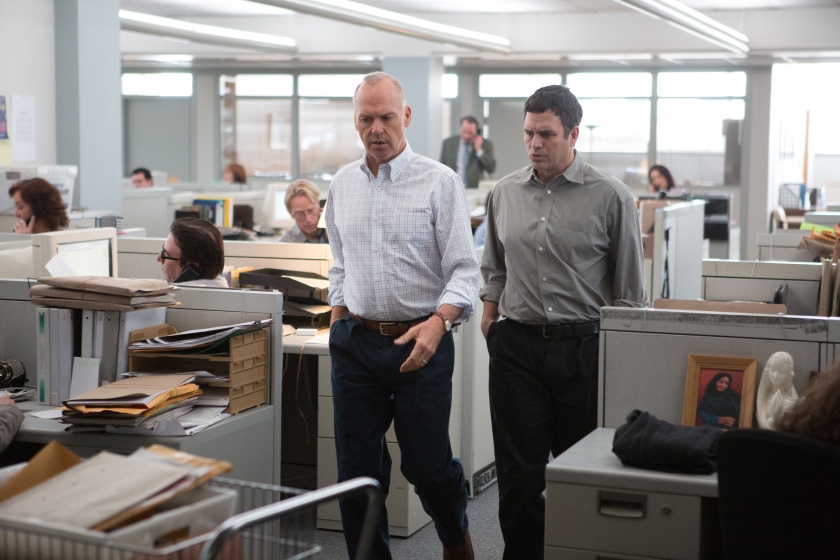
“Spotlight” is the best journalism movie actually about journalism. Thomas McCarthy’s film is not a thriller or caper with conspiracy, villains or suspense set pieces, but a movie of hunches, discovery, research and hard work: pure journalism. The film’s docu-realistic, testimonial quality of soft shades of blue make it a purely neutral story in both themes and aesthetics, a film obsessed with asking more questions, going deeper and finding the bigger story. As it escalates, it becomes as much a film about losing faith in religion and belief as it is uncovering the truth. The ensemble cast of Michael Keaton, Rachel McAdams, Mark Ruffalo, Liev Schreiber, Paul Giamatti and John Slattery absolutely hums, and in their search for the real story, “Spotlight” just keeps digging.
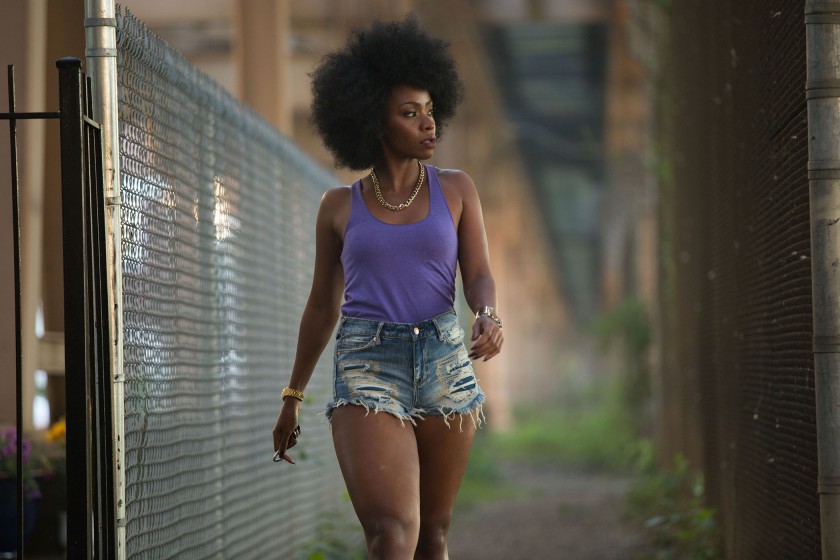
No film is as urgent and aggressively opinionated this year as Spike Lee’s “Chi-Raq.” Staging this timely political statement against gun violence in America as a version of the Ancient Greek play “Lysistrata” is no accident. The film’s rhyming verse and colorful musical numbers make it distinctly fresh and memorable. And by introducing women’s sexuality into the story, Lee reframes the gun debate into one of gender. People are dying everyday, and you want to talk about how women behave? “THIS IS AN EMERGENCY” the film blares, and that urgency has finally taken root.
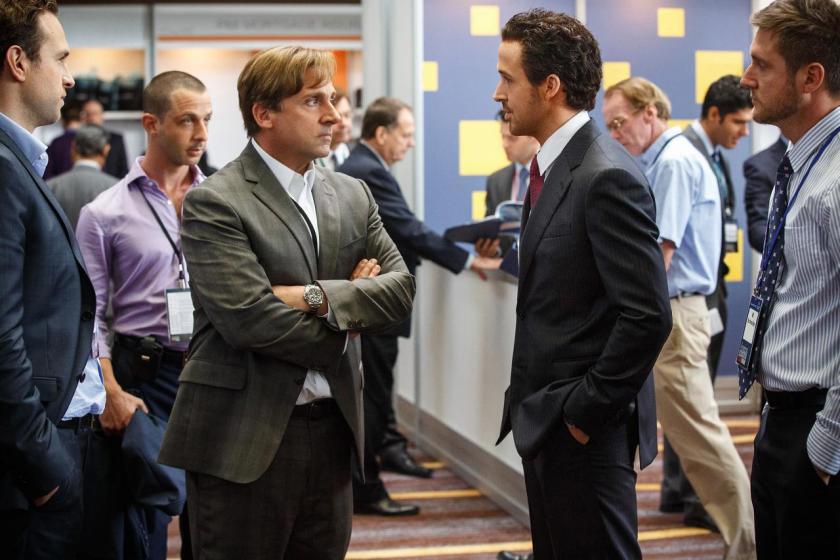
- The Big Short
When did banking stop being fucking boring and start being the game of men, bros, douchebags, crooks and giant egos? Whereas “The Wolf of Wall Street” was the fantasy about American excess, “The Big Short” is the real-world story that makes those people pay, and it does it with big balls and attitude. The CDOs that led to the downfall of the housing market weren’t bad loans; they were dog shit. Don’t believe the movie? Just ask Margot Robbie in a bubble bath, and then fuck right off. Adam McKay’s film is edgy and in your face, and then it makes you feel awful for being rich and being right.
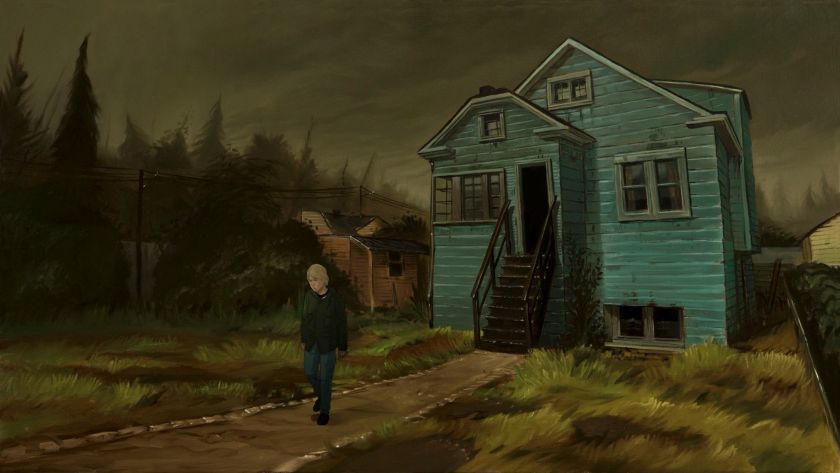
Kurt Cobain once sang, “Unless it is about me, it is now my duty to completely drain you.” Director Brett Morgen has obliged with “Montage of Heck,” a disturbing, emotionally draining, and violently edited documentary that ranks among the most daring rock-docs ever made and perhaps the only to delve this deeply into the psyche of its rock star protagonist. Morgen uses countless audio snippets, scrapbook notes and home movies of Cobain that to another director would be an un-cinematic liability, if not purely unusable. They’re transformed into surreal, artistic virtues that show Cobain’s genius and madness.
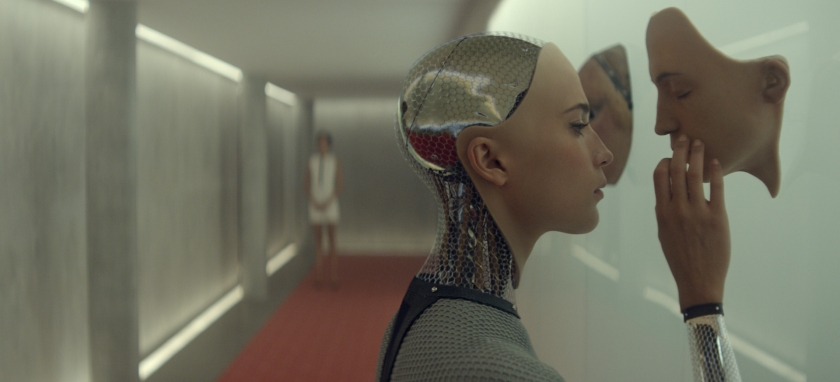
Alex Garland’s sleek sci-fi “Ex Machina” toys with our emotions. Face to face with a gorgeous robot named Ava (seductively played by breakout actress Alicia Vikander), we begin to feel the animal urges of love, desire and sexual attraction very much coded into our DNA. Are we any less programmed than the artificial intelligence we’ve designed? What makes anyone human? Garland’s film packages these profound ideas of human nature into a film that teeters from romance and beauty to suspense and conspiracy. “Ex Machina” is a finely tuned machine adept in the “micro expressions” that make us human.
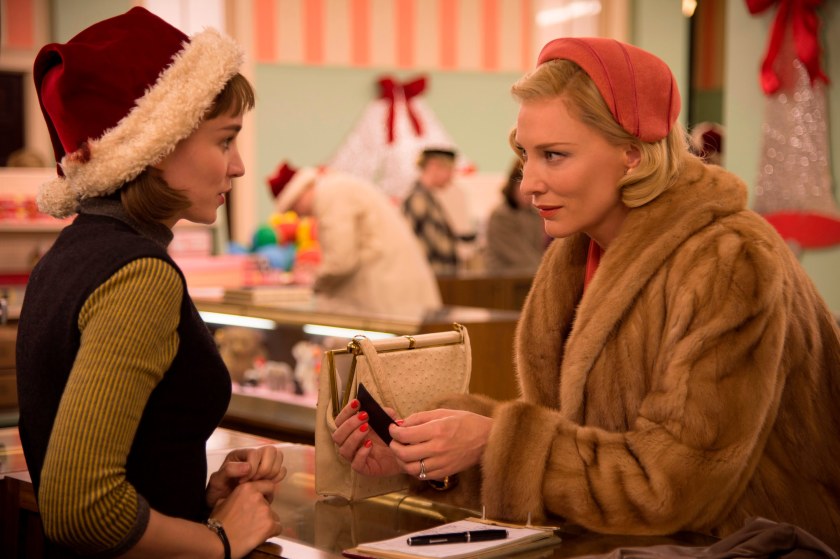
Todd Haynes’s “Carol” is a movie about two people entering into separate worlds and learning to feel at home. “Carol” is lush, poetic, and ravishing, a stellar romance in which the unsaid words and thoughts seep into the movie’s background and color everything. The ‘50s setting is rich and painterly, and Rooney Mara gives off a magnetic charm as the young and innocent Therese Belivet. Along with Cate Blanchett channeling Old Hollywood movie star glamour, the pair is enchanting in this dreamy, forbidden love affair.
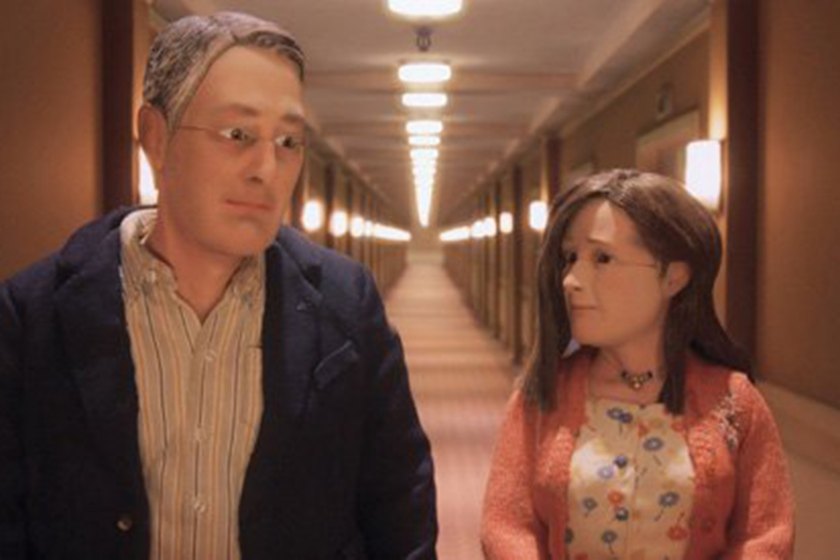
- Anomalisa
“What is it to be human, to ache and to be alive?” The artificial nature of Charlie Kaufman and Duke Johnson’s stop-motion animated film “Anomalisa” makes that question far clearer. Through incredible animation that manages remarkable long takes, hilarious sight gags and intimate set dressing, “Anomalisa” is a touching portrait of loneliness and yearning. These figurines have seams, they share the same voice, and we even endure them having sex, but their artificiality makes us hyper aware to all their anomalies. We discover more deeply what it is to have flesh and blood and to be alive.
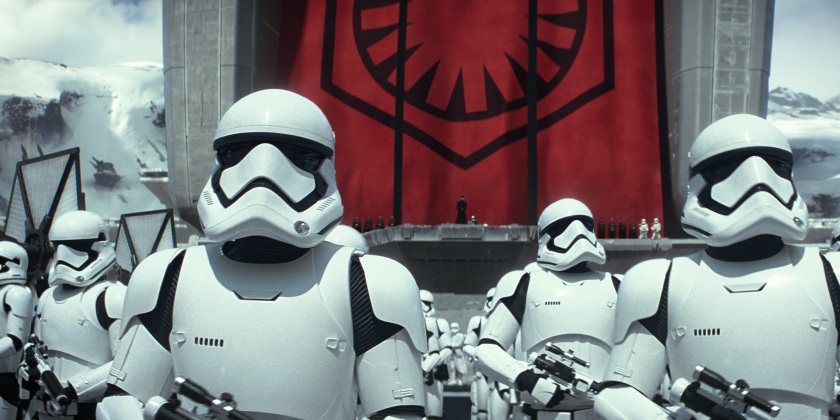
It was unrealistic to think that J.J. Abrams could deliver a masterpiece on par with “A New Hope” or “The Empire Strikes Back.” What he managed was to make a Star Wars movie. “The Force Awakens” has the spectacle, the whimsy, the humor and the campy screwball charm of the original films. Daisy Ridley and John Boyega are instant stars, Harrison Ford is so at home playing Han Solo again, and hearing John Williams’s score swell to invigorating lightsaber duels and X-Wing dog fights all over again is pure magic. In channeling the same themes of good and evil and the mythos of the Force, “The Force Awakens” has the spirit of a Star Wars classic.
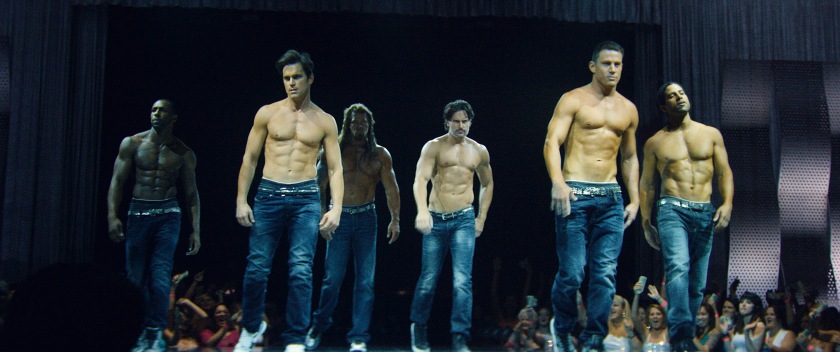
The bros of “Magic Mike XXL” don’t strip because they want to bang chicks. They want to make women smile and make them feel good. “Magic Mike XXL” is a sneaky feminist statement wrapped in a stylish musical and hilarious road trip movie. Channing Tatum is an absolute star who sets it off in his woodshed and quite literally makes sparks. No one moves like he does, but as an actor he’s got a dopey, enthusiastic charm that truly makes him Magic. “Magic Mike XXL” has the scene of the year with Joe Manganiello dancing inside a gas station convenience store, and combined with Steven Soderbergh’s crisp and fluid digital cinematography behind the camera, this film has one massive package.
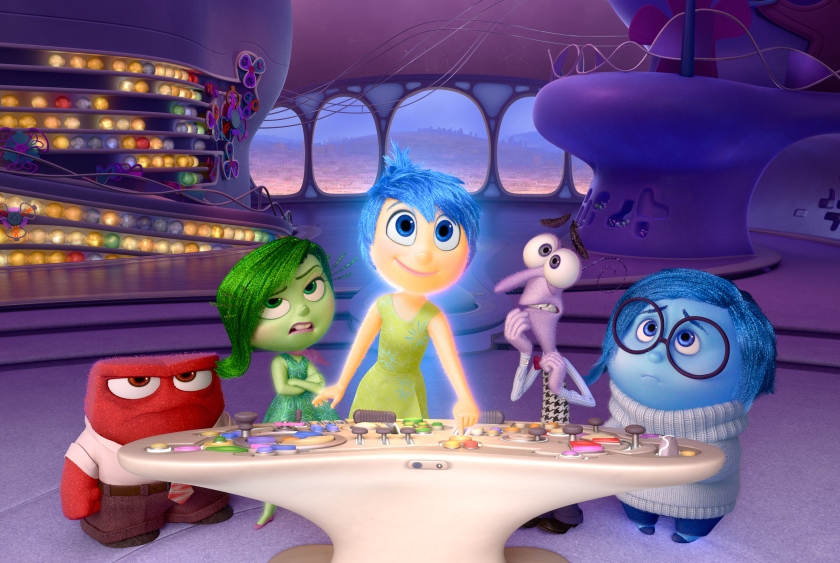
Pixar’s “Inside Out” develops an elaborate ecosystem and fable to help kids understand and visualize the most complicated aspects of our minds: our emotions. And perhaps more than any Pixar film, it’s the first to reach kids and adults alike on such an intimate, fundamental level of asking who we are and how we function. As we peer inside young Riley’s head, every thought and moment she feels is ripe with humor and possibility, and Director Pete Docter compliments that with daring animation and remarkable color. “Inside Out” shows that sadness as much as happiness shape what we remember, how we grow and the people we become.
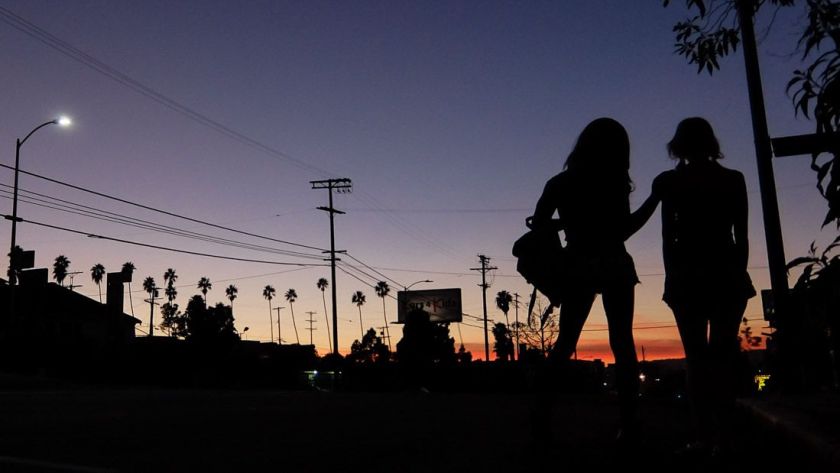
Alexandra is a transgender prostitute who just doesn’t want any drama, but after she tells her friend Sin-Dee Rella that her pimp boyfriend Chester has been sleeping with “some fish” (that’s code for, the bitch has a vagina), that’s all she’s going to get. “Tangerine” is a fast-moving, spitfire buddy comedy of an indie that’s a pure riot. The film marches through the seedier, lesser seen streets of Hollywood on Christmas Eve and gives no fucks about what it finds, who they upset and, as a film about African American trans women, what norms they shake up. “Tangerine” is a blast, and though it’s the first movie ever shot entirely on an iPhone, it’s a sun-drenched spectacle.

The most impossible feat in Ridley Scott’s “The Martian” is not that a man can survive on Mars. “The Martian” is refreshingly optimistic, a movie that believes in not just the ingenuity and resourcefulness of mankind but the camaraderie and good nature. It speaks to the power of the Internet and society in the 21st Century to collectively find a solution and rally around a moment in history. It embraces science and logic, it congenially unites our interest and attention, and Matt Damon is perfect as a person we all want to root for to survive. “The Martian” is a fantasy not just for its sci-fi trappings but as a movie about positivity, something so uncommon in 2015.
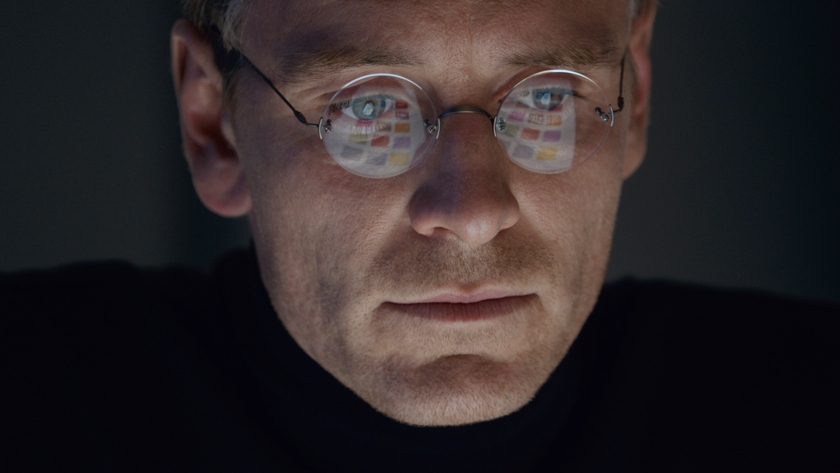
Aaron Sorkin’s cleverly structured three-act biopic on the life of Steve Jobs expertly plays on the conflict within Steve Jobs’s embattled ideologies. It goes beyond the notion that great men have stepped on others to get to the top, instead reckoning with the idea that being great and being a good person can even be two sides of the same coin. “Steve Jobs” is perfectly Sorkinesque in its dialogue and drilled in performances, and Boyle handles the material like a showman, giving each stage in Jobs’s life a new colorful filter and rhythm to accentuate the corporate jargon and family melodrama. Whether Jobs was accurate to the image depicted in Sorkin’s biopic is beside the point. He captures the image of the myth and legend we’ve created.
Honorable Mention:

Don Hertzfeldt only draws crude stick figures, and his animated short film is only 15 minutes long, but it contains more profound ideas on life than many films this year combined. The colorful geometric shapes create an abstract image of a future way beyond our current sense of space and time, and the absurdist prose and humor about robots writing depressed poetry on the moon show a filmmaker fully in control of his gifts. The stick figure clones of “World of Tomorrow” are beautifully apt, and they serve as a reminder that there’s something utterly human about knowing “you are alive and living and the envy of all of the dead.”
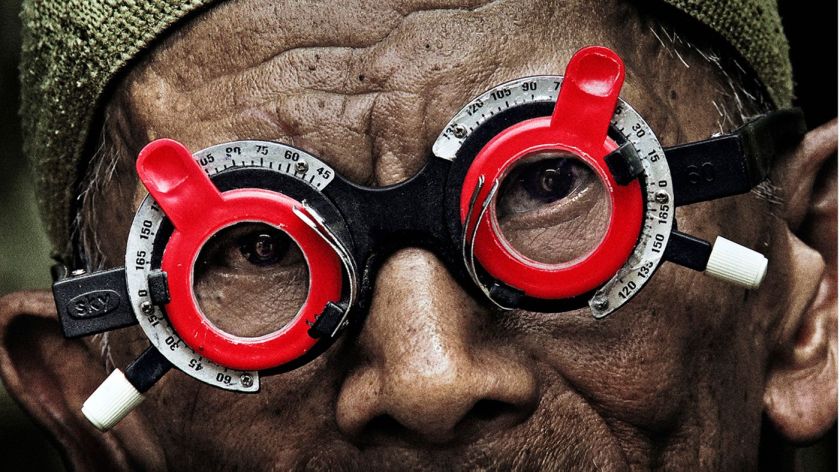
The Look of Silence
I saw “The Look of Silence” in October 2014 and didn’t put it on my best of the year list then because I knew it would come out this year. But now another calendar year has passed and I’ve missed the opportunity to see it again and reward it properly. The documentary is the successor to Joshua Oppenheimer’s “The Act of Killing,” but while this film is less surreal, it’s far more emotional, focusing instead on a human victim rather than the murderers. It’s a harrowing masterpiece and is easily one of the best movies of the decade.
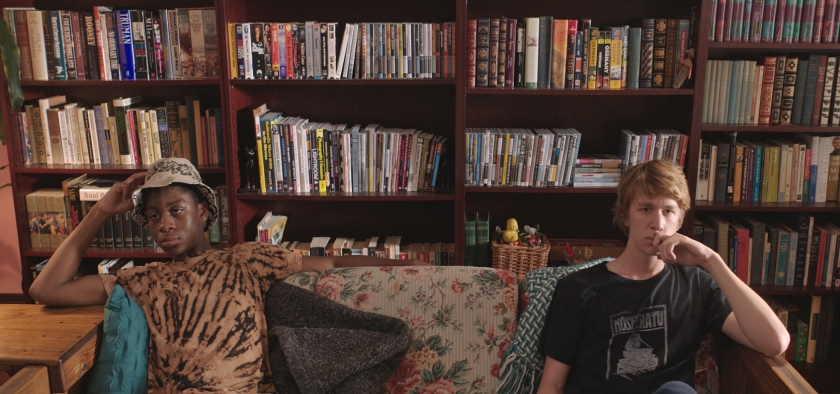
16th Place
Me and Earl and the Dying Girl
The movie that won the Sundance Audience Prize and Grand Jury Prize quickly became one of the more polarizing, critically reviled titles of the year. They’ve labeled “Me and Earl” as narcissistic, racist, and a Wes Anderson copycat. Upon a second viewing, they have a point, but this film still has some lovely style and moments, a movie about how we learn to better appreciate others after they’re gone. See it with a crowd and see the magic behind it.
Brooklyn
“Brooklyn” is such an old fashioned instant classic it feels as though it could’ve been directed by George Stevens, Michael Curtiz or William Wyler. It’s a lovely period drama about finding home where your heart is without any added freight to bear, and Saoirse Ronan is wonderful.
The best movie about writing since “Almost Famous,” “The End of the Tour” is one of the year’s best character studies and has incredible performances from both Jason Segel and Jesse Eisenberg channeling intellectually what it is to be famous and fascinating.
“Where to Invade Next” is by far Michael Moore’s most optimistic film, a movie made for American audiences at how the grass is far greener on the other side of the Atlantic, and how we can make these ideas a reality back Stateside.
A better, more realistic movie about drug cartels than even “Sicario,” “Cartel Land” has the look of “Zero Dark Thirty” and the scary realization that there’s no solving the problem of these cartels.
In “It Follows,” sex is no allegory. It’s a movie about forever looking over your shoulder and of being branded with a label and an inner demon you can’t shake. It’s a new horror classic.
Going Clear: Scientology and the Prison of Belief
Alex Gibney still goes into “Going Clear” with a pointed agenda, knowing already what he’s going to discover about Scientology, but then the results are scary. In Gibney’s mind, L. Ron Hubbard was disturbed, Tom Cruise is brainwashed, John Travolta is blackmailed, and David Miscavige is the most evil person on Earth.
Trainwreck
“Trainwreck” is a riotously funny rom-com in which the truly daring feminist achievement is in Amy Schumer simply switching the gender roles on a tried and true formula. Bonus points for Tilda Swinton and Ezra Miller being amazing weirdoes.
One of the grimmest sits of the year, “Beasts of No Nation” is a brutal, bluntly violent movie about isolationism and the loss of innocence. The kids of this film are lost without clear goals or directions in their fighting, and Cary Fukunaga gets us hypnotically caught in that haze.
Steven Spielberg takes the small scale behind the scenes drama of the Cold War and plays them writ large. It’s a courtroom drama, the stuff of conversation, negotiation and debate, and yet it has all the entertaining and thrilling theatrics of any of Spielberg’s epics.
10 Best Movies I Haven’t Seen Yet: “The Revenant,” “The Hateful Eight,” “The Assassin,” “Mistress America,” “The Duke of Burgundy,” “About Elly,” “45 Years,” “The Diary of a Teenage Girl,” “Son of Saul,” “Girlhood”
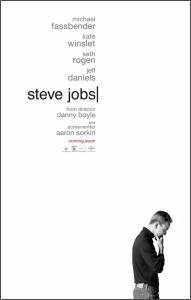 Steve Jobs and Apple didn’t invent the personal computer. They didn’t invent the portable music player, or the smart phone, or the tablet, or most recently wearable tech. What Steve Jobs did was make technology inviting, accessible and fashionable. That was his innovation and his genius. And it’s something of a paradox that the most successful tech giant is not the one with the newest or the best technology, but the one that reaches its users personally.
Steve Jobs and Apple didn’t invent the personal computer. They didn’t invent the portable music player, or the smart phone, or the tablet, or most recently wearable tech. What Steve Jobs did was make technology inviting, accessible and fashionable. That was his innovation and his genius. And it’s something of a paradox that the most successful tech giant is not the one with the newest or the best technology, but the one that reaches its users personally.